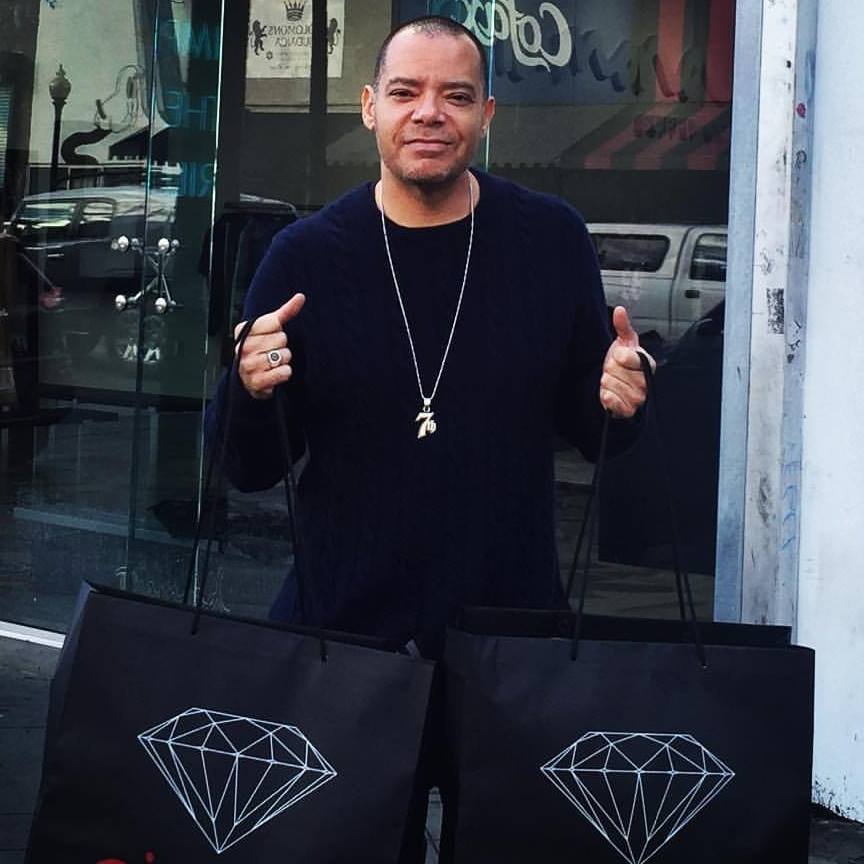Indiana muralist Carrie Johns has been super busy, but found the time to join us this week in the studio. Tune in to WXOX 97.1 FM / Artxfm.com each Thursday at 10 am to hear Artists Talk with LVA.
Carrie Johns has completed over a dozen murals in Southern Indiana, as well as several others in Louisville. All of them are designed for a specific location and purpose. Her largest mural, covering 3,700 square feet, is located on the Elsby East building just outside of her studio. She has an Art History degree from the University of Louisville and has worked for the Weber Group before becoming a full-time mural artist.
Immediately after this interview, Carrie was off to Corydon, Indiana to put the finishing touches on her latest project for the Harrison County Public Library.








